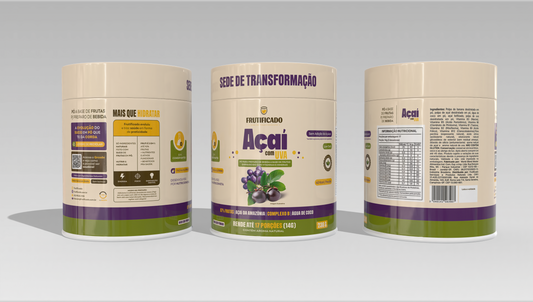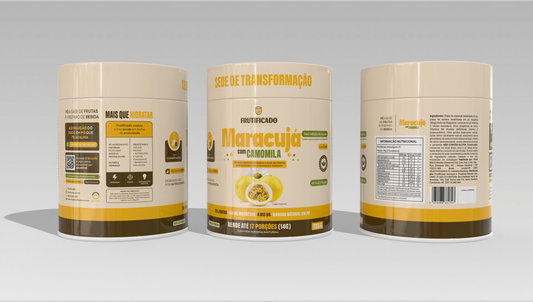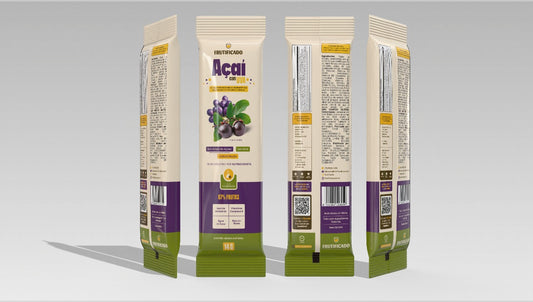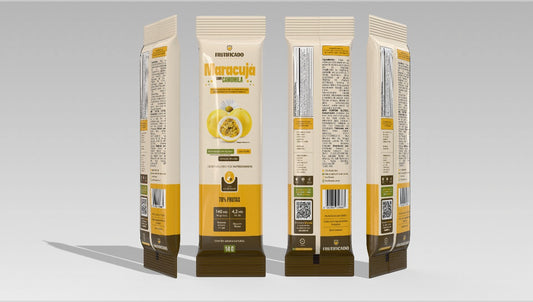Produced by bees from shells, resins and flower buds and altered by the action of enzymes contained in the saliva of these insects, propolis serves to seal and protect the hive against fungi and bacteria, in addition to embalming the bodies of invaders to prevent contamination inside the “house”. So much so that the word “propolis”, of Greek origin, comes from the union of “pro” (in favor of) + “polis” (city), that is, “in favor of the city”, which in this case is the hive. Often used in the form of an extract, it acts as a natural antibiotic, has nutrients that improve the body’s immunity, in addition to antioxidant and antifungal functions. It is one of the best immunomodulatory supplements, which gives that reinforcement to our internal “protection army”. Pure propolis extract, the liquid that is used in drops or capsules, should not be confused with formulations that, in addition to having propolis in their composition, have other associated substances, such as honey, ginger or even sugar, for example, and are normally in spray form.
Types of propolis extracts
There are two types of extracts: aqueous and alcoholic. Many of the beneficial active ingredients in propolis are best extracted in alcohol, which is why this option has a stronger, bitter and astringent taste. In the aqueous extract, we find active ingredients that are soluble in water, which are less concentrated but still of good quality. Both can be used, but studies indicate that the concentration of beneficial compounds is higher in the alcoholic extract, because alcohol dissolves the resin (the main component of propolis) better. However, for children over two years old and pregnant women, opt for the water extract.
Types of propolis
Green: acclaimed by the foreign market, it is obtained from the typical Brazilian plant, wild rosemary, and differs from the others due to the presence of highly anti-inflammatory active ingredients known as Artepelin-C and bacarina.
Red: common in the Northeast, it is rich in anti-inflammatory components, which help contain the damage caused by microbes. It has also performed well in experiments with cancer cells. This makes it, along with the green, the most expensive and coveted type on the market.
Brown: more common in southern Brazil, it is similar to the European variety. It is traditional in pharmacies, although it is less studied among the three versions here. It stands out for its antioxidant and antimicrobial activities.
Which one to choose?
Choose propolis based on its degree of purity, observing the p/v (weight/volume) ratio on the packaging, always preferring greater than 10-12%.
Sleep regulation
A good recipe for sleeping faster is to prepare a mulungu tea, add ten drops of propolis and drink it before going to bed. However, before using it for the first time, put two drops of the extract on your skin and wait for 30 minutes to see if any discomfort or allergy appears.
Dosage
In Brazil, the product is classified as a functional food, so there is no ideal dosage for consumption. Studies indicate, however, that 30 drops of extract per day (in ½ glass of water) are enough to strengthen the body. In the case of children, the dose is one drop per kilo, diluted in water or natural juice, dividing the amount into three or four uses per day.







